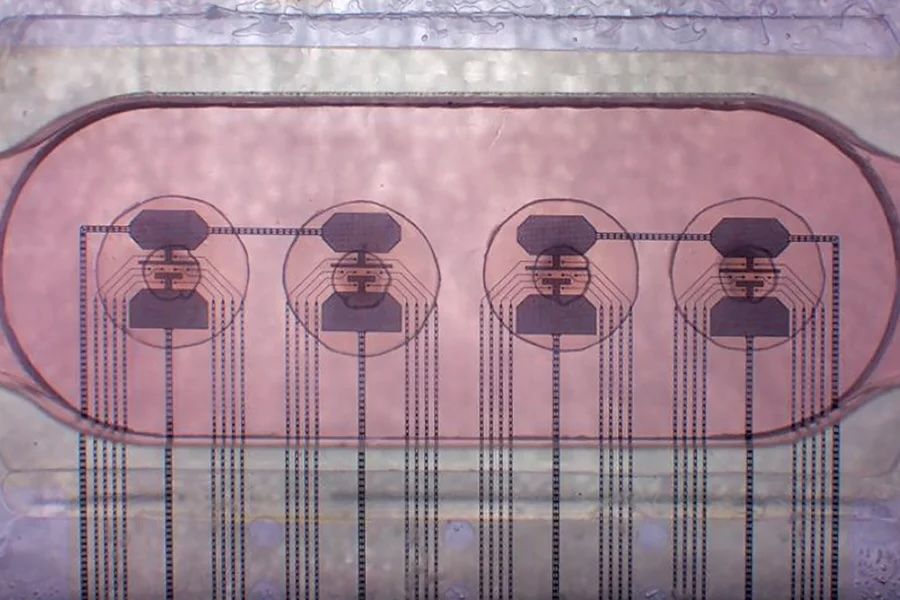These 'living computers' are made from human neurons — and you can rent one for $500 a month

🌈 Abstract
The article discusses the emerging field of biocomputing, which aims to create computer architecture using synthetic biology and living biological matter, as an alternative to traditional silicon-based hardware. It highlights the work of companies like FinalSpark, which is developing a "Neuroplatform" powered by human-brain organoids, and researchers exploring the use of bacteria, fungi, and other living cells for computing purposes.
🙋 Q&A
[01] Biocomputing and FinalSpark's Neuroplatform
1. What is the goal of FinalSpark's Neuroplatform?
- FinalSpark's principal goal is to develop an artificial intelligence system that requires 100,000 times less energy than current state-of-the-art generative AI systems.
2. How does FinalSpark's Neuroplatform work?
- The Neuroplatform uses a series of processing units, each hosting four spherical brain organoids.
- The neurons in the organoids are electrically stimulated and exposed to the neurotransmitter dopamine to mimic the human brain's natural reward system, training the organoids to form new pathways and connections.
- The goal is for the organoids to eventually mimic silicon-based AI and serve as processing units similar to CPUs and GPUs.
3. What are the challenges faced by FinalSpark in developing the Neuroplatform?
- There is no standardized manufacturing system for organoid computing, and the organoids have a limited lifespan of around 100 days on average.
- FinalSpark is seeking input from philosophers and researchers to help address the ethical questions around the use of cultivated human neurons for non-medical purposes.
[02] Other Approaches to Biocomputing
1. What are the different "flavors" of biocomputing mentioned in the article?
- Cellular computing, which uses modified living cells to create systems that can replicate memory, logic gates, and decision-making basics.
- Fungal computing, which takes advantage of the electrical properties of fungal networks (mycelia) to create a brain-like fungal computing system.
2. What are the potential advantages of fungal computing over brain-organoid-based computing?
- Fungal computing is seen as having advantages in terms of ethical simplicity, ease of cultivation, environmental resilience, cost-effectiveness, and integration with existing technologies.
3. How are researchers exploring the use of biocomputers for specific applications?
- The University of Michigan team is investigating the electrical and chemical prompts necessary to change organoid activity, effectively creating a computer language for organoids.
- Scientists at Lancaster University Leipzig are trying to fit the organoids into different models of AI learning.
- Ángel Goñi-Moreno's team is looking for tasks where biocomputers can outperform their silicon counterparts, particularly in the area of bioremediation.